When it comes to landscaping, few elements can add as much character and durability as large decorative rocks. From natural appeal to functionality, these stones can transform any outdoor space into a breathtaking oasis. Having personally used large decorative rocks in my own garden, I can attest to their versatility and aesthetic charm.
What Are Large Decorative Rocks?
Large decorative rocks are sizable stones used in landscaping and gardening to enhance the visual appeal of outdoor areas. They come in various shapes, sizes, and colors, making them perfect for any design style.
Types of Large Decorative Rocks
- Granite Boulders
- River Rocks
- Fieldstones
- Slate Stones
- Limestone
Benefits of Using Large Decorative Rocks
Incorporating large decorative rocks into your landscape offers numerous advantages. Here are some benefits I’ve experienced:
1. Aesthetic Appeal
Large decorative rocks significantly enhance the visual texture of gardens, pathways, and yards. Their natural beauty complements plants and other landscape features.
2. Durability and Low Maintenance
Once in place, large rocks require minimal upkeep. They withstand weather elements and do not fade over time like many plants or synthetic materials.
3. Versatility in Design
From zen gardens to rustic landscapes, large decorative rocks can suit any style. They can act as focal points or subtle accents, depending on your design goals.
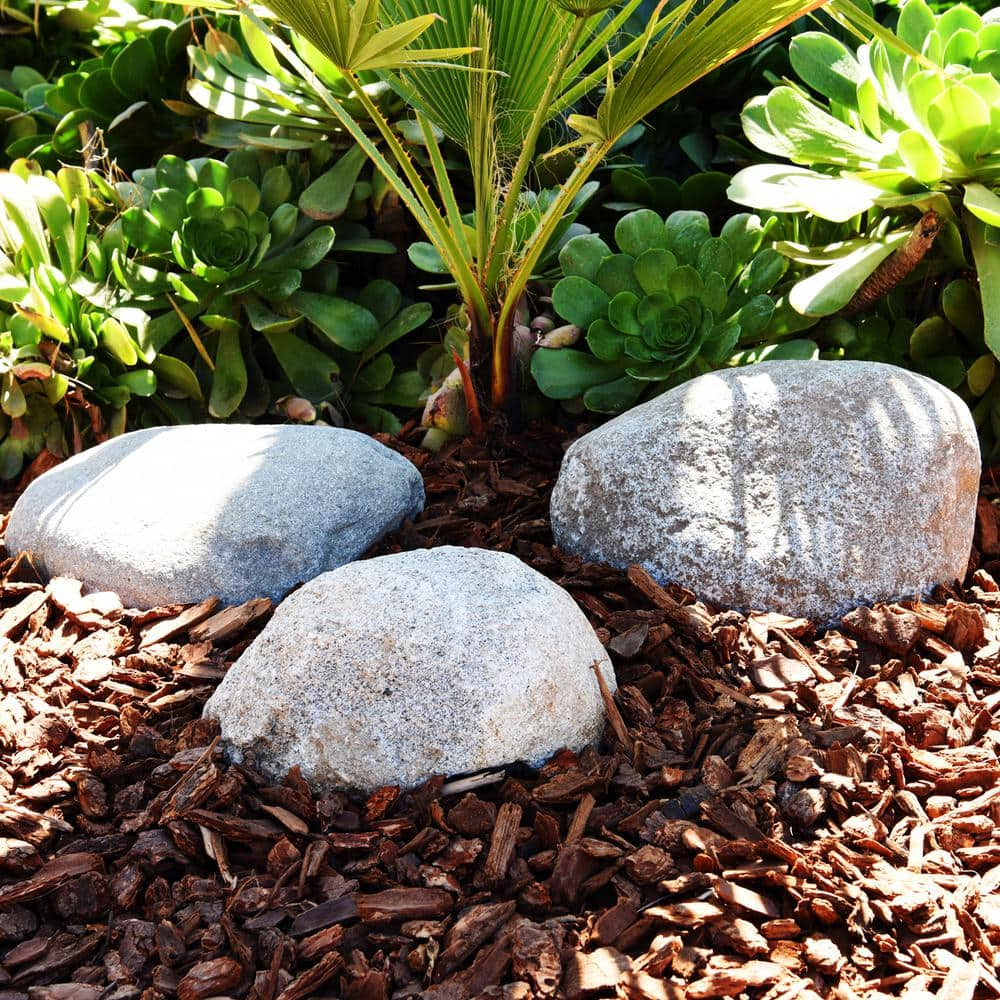
How to Choose the Right Large Decorative Rocks
Selecting the right type of rock for your landscape can be overwhelming. Here are some key factors to consider:
1. Color and Texture
Choose rocks that complement the color scheme of your home and garden. For instance, a light-colored stone can brighten a shaded area.
2. Size and Shape
Different sizes and shapes can create unique designs. Consider a range of sizes for visual interest, but ensure they are proportionate to your space.

3. Functionality
Determine whether the rocks will serve a practical purpose (e.g., edging, drainage) or purely decorative. This will influence your choice.
Installation Tips for Large Decorative Rocks
Once you’ve selected your rocks, it’s time to install them. Here’s a step-by-step guide based on my personal experience:
1. Plan Your Layout
Sketch a rough design of where you want to place your rocks. Consider how they will interact with plants and hardscaping.
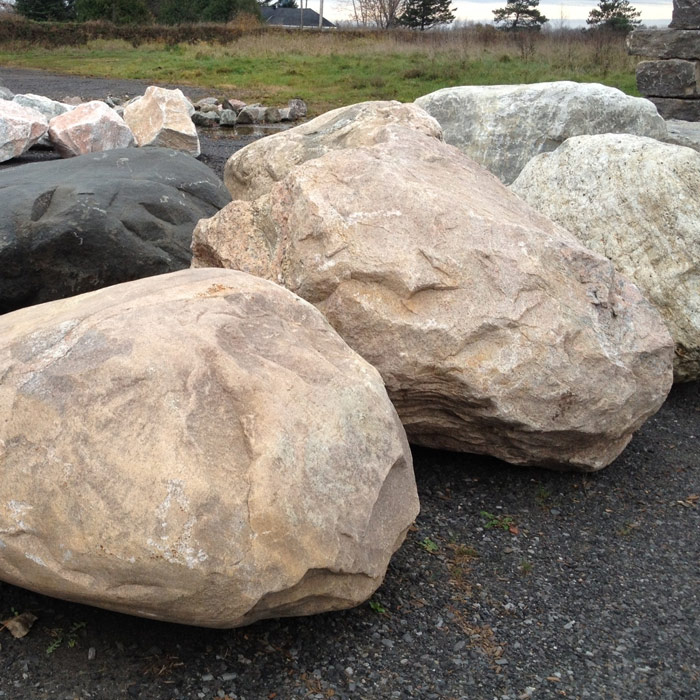
2. Prepare the Area
Clear the area of weeds and debris. Use a shovel to dig a small trench for the stones to sit in, ensuring stability.
3. Positioning the Rocks
Using a dolly or lifting straps, position the rocks in place. Don’t hesitate to rearrange them until you achieve the desired look.
4. Fill Gaps
After placing the rocks, fill any gaps with mulch or small stones to maintain a cohesive design.
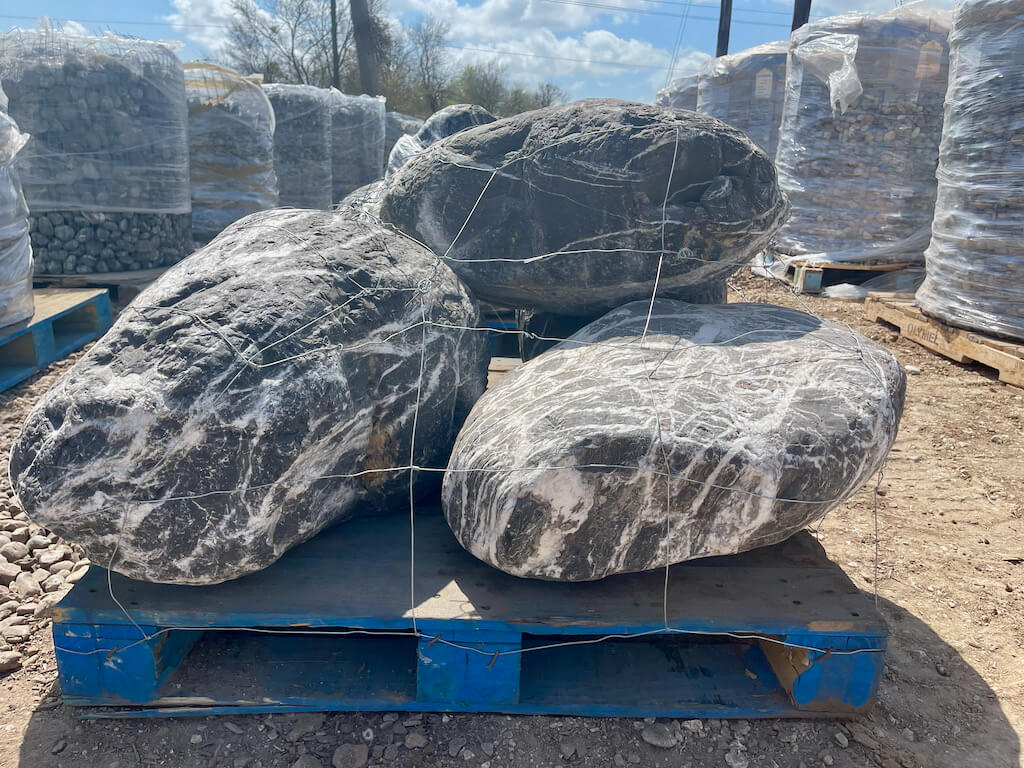
5. Add Plants
Incorporate plants around the rocks for a natural look. Ground covers, succulents, and ornamental grasses work well.
Comparison of Popular Types of Large Decorative Rocks
| Type of Rock | Color Options | Best Uses | Pros | Cons |
|---|---|---|---|---|
| Granite Boulders | Gray, Pink, Black | Accent, Focal Point | Durable, Elegant | Heavy, Expensive |
| River Rocks | Brown, Tan, Gray | Pathways, Drainage | Natural Look, Lightweight | Can be slippery |
| Fieldstones | Mixed Natural Colors | Borders, Walkways | Rustic Charm | Irregular Shapes |
| Slate Stones | Rich Colors (Blue, Green, Purple) | Patios, Decorative | Unique Textures | Can be brittle |
| Limestone | Light Cream, Dark Colors | Natural Walls, Edging | Easily Carved | Can erode over time |
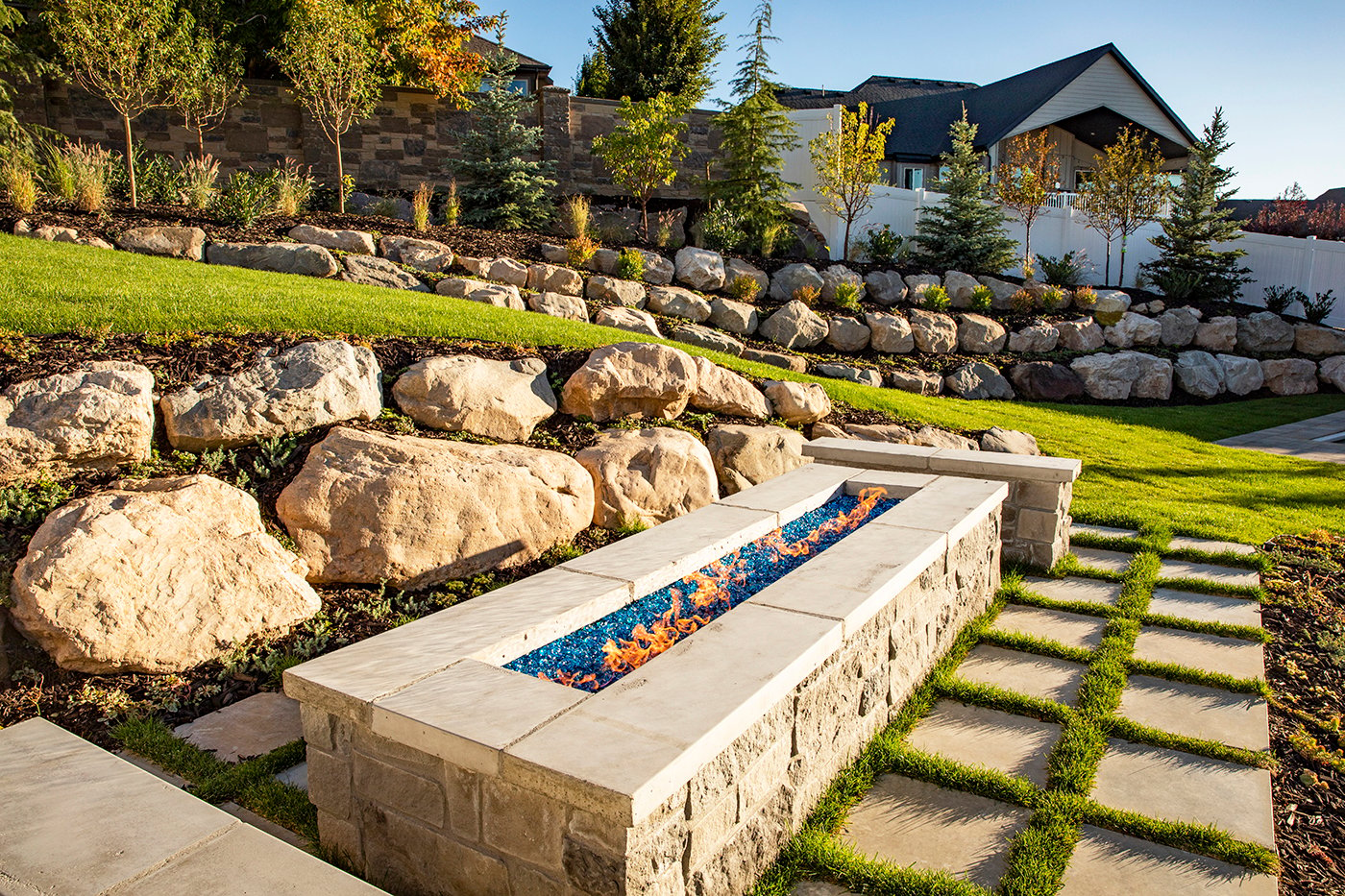
Common Uses for Large Decorative Rocks
Here are a few creative ways to integrate large decorative rocks into your landscaping:
1. Garden Borders
Using large rocks as borders can provide visual interest while also defining garden areas. They create a natural barrier that enhances the overall design.
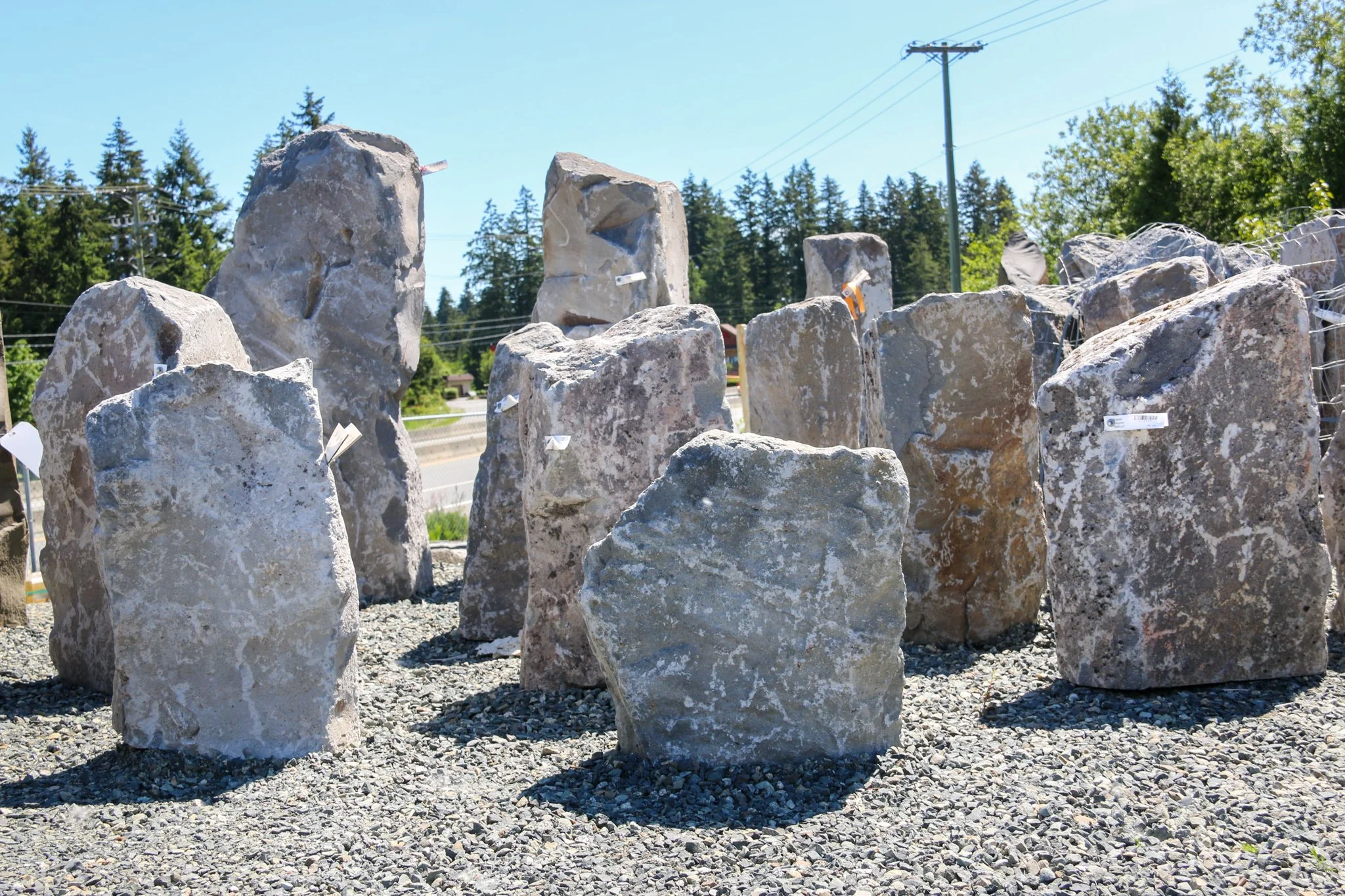
2. Water Features
Incorporating large rocks around ponds or fountains can create a natural, serene environment. They help blend man-made features into the landscape.
3. Pathways
Creating a pathway with large rocks can guide visitors through your garden while adding beauty and structure. Use flat stones for a more cohesive walkway.
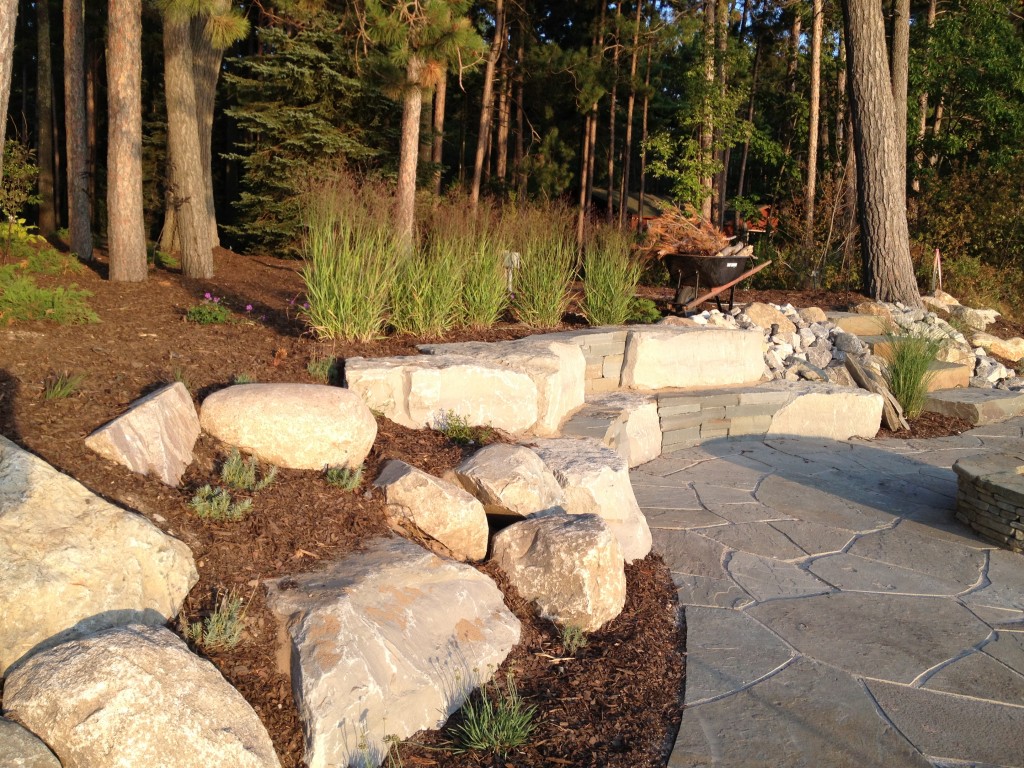
4. Art Installations
Let your creativity shine by using large rocks as art installations. Paint them or place them in unique arrangements for a personal touch.
Maintenance of Large Decorative Rocks
While these rocks are low maintenance, some occasional care can keep your landscape looking its best:
1. Cleaning
Wash rocks with a hose or a soft brush to remove dirt and grime. Regular cleaning will maintain their beauty.
2. Checking Stability
Periodically check the rocks for stability, especially if there has been significant rain or shifting soil.
3. Replacing Mulch
If you’ve used mulch around your rocks, replace it every year to keep the area neat and prevent weeds.
FAQs About Large Decorative Rocks
What are the best large decorative rocks for a modern landscape?
Granite boulders and slate stones are excellent for modern designs due to their clean lines and polished look.
How much do large decorative rocks cost?
Prices vary widely based on size, type, and location but generally range from $50 to $200 per ton.
Can I move large decorative rocks myself?
While it’s possible, enlisting help or using tools like dollies or lifting straps is highly recommended to prevent injury.
How do I prevent weeds from growing between large rocks?
Using landscaping fabric beneath the rocks and applying mulch can significantly reduce weed growth.
Conclusion
Large decorative rocks can elevate your landscaping, providing a striking aesthetic and functional benefits. With a little planning and creativity, these stones can become a defining feature of your outdoor spaces. I hope this guide inspires you to incorporate large decorative rocks into your own landscaping projects!